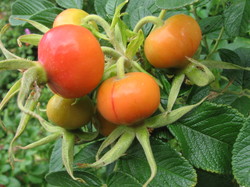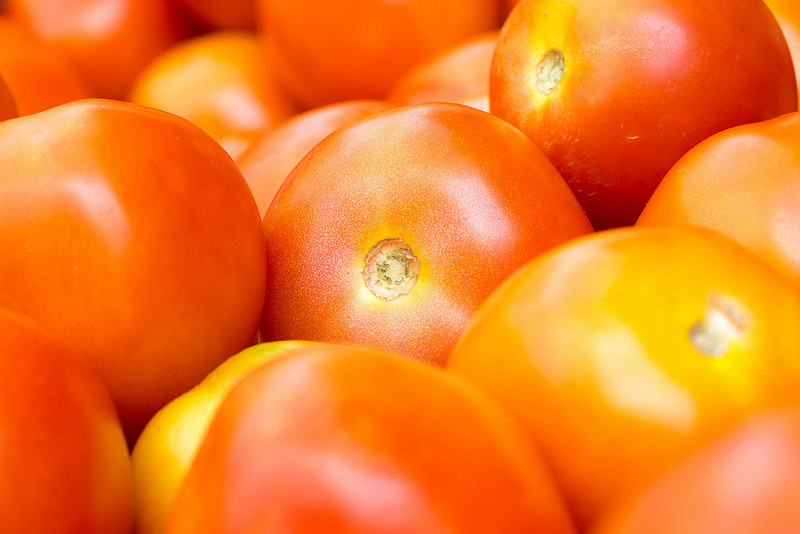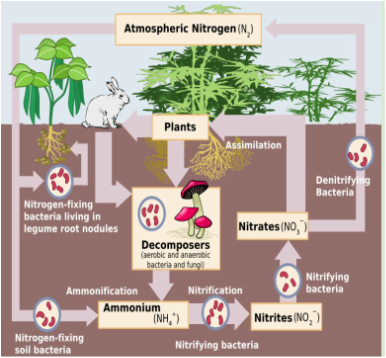Natural Cycles
By: Storm S., Ella J., Noah F., & Delaney T.
Carbon and Oxygen Cycle
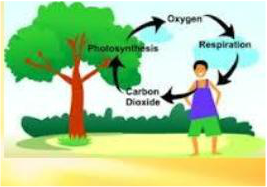
A Carbon and Oxygen Cycle is how a person and a plant react together.
- There are two chemicals necessary for life and they are carbon and oxygen.
- Carbon is the building block for the matter that makes up the bodies of living bodies.
- The carbon and oxygen cycles are linked together.
- In the process carbon dioxide is used to produce other carbon-containing molecules
- At the same time oxygen is also cycling through the ecosystem. Producers, green plants, release oxygen as a result of photosynthesis.
- These molecules include sugars and starches.
- To obtain energy from these molecules consumers break them down into simpler molecules.
- Consumers release water and carbon dioxide as waste products.
- Plants use the energy of sunlight to convert carbon dioxide and water into carbohydrates and give off oxygen in a process called photosynthesis. Plants "breathe" in carbon dioxide and "breathe" out oxygen. Animals form the other half of the oxygen cycle.
- The benefits of Carbon and Oxygen Cycle is that all animals need oxygen and all plants need carbon dioxide and animals breathe out carbon dioxide and plants breathe out oxygen. So both of them are working together.
The Water Cycle
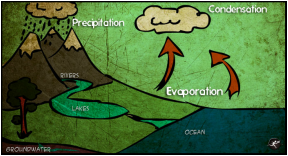
Definition of The Water Cycle
The cycle of processes by which water circulates between the
earth's oceans, atmosphere, and land, involving precipitation
as rain and snow, drainage in streams and rivers, and return
to the atmosphere by evaporation and transpiration.
Steps To The Water Cycle
Evaporation
Definition-The process by which molecules of liquid water absorb energy and change into the gas state.
The Process- When water evaporates from earths surface and forms vapor, a gas in the atmosphere.
Precipitation
Definition- Rain, snow, sleet, and hail that falls to the ground
The Process- By which water vapor is changed back into liquid water. Then, water becomes precipitation, which is water falling from the clouds as rain, freezing rain, sleet, snow, or hail.
Condensation
Definition-The process by which a gas changes to a liquid.
The process-Water that collects as droplets on a cold surface when humid air is in contact with it.
Benefits to The Ecosystem
All ecosystems need water to survive. Oceans, lakes,streams, and plants provide the water to evaporate into a gas to the clouds which turn the gas back into a liquid when rain, snow, sleet, and hail fall from the clouds to ecosystems giving them a key materials to survive.
Photosynthesis
What is photosynthesis?
Photosynthesis is the chemical process in which green plants create their own food using the sun, water and carbon dioxide to create a type of sugar called glucose. During this process the plant will give off oxygen as a by product.
What Are the Benefits?
Plants produce most of the oxygen that we live off of, and at the same time they are producing a sugar that they need to grow. So when the plants are full grown they can help us even more because they produce more oxygen and can give us food.
How does it Work?
Green plants absorb light energy from the sun using a green pigment in their leaves called chlorophyll. They then use it to react carbon dioxide with water which in turn, creates glucose. Once the glucose is created, it is used in respiration, or converted into starch and stored inside the plant for further use.
Fun Facts About Photosynthesis
DEFINITIONS:
1. Carbon Dioxide: An odorless, colorless gas that is an essential material for photosynthesis. It helps the plant create the glucose that it needs to grow.
2. Chlorophyll: A green pigment that is present in all plants. It collects light energy from the sun. It is present in all green plants.
3. Glucose: A type of sugar that is created by photosynthesis. It is also known as D-glucose, Dextrose, and/or Grape Sugar.
What is photosynthesis?
Photosynthesis is the chemical process in which green plants create their own food using the sun, water and carbon dioxide to create a type of sugar called glucose. During this process the plant will give off oxygen as a by product.
What Are the Benefits?
Plants produce most of the oxygen that we live off of, and at the same time they are producing a sugar that they need to grow. So when the plants are full grown they can help us even more because they produce more oxygen and can give us food.
How does it Work?
Green plants absorb light energy from the sun using a green pigment in their leaves called chlorophyll. They then use it to react carbon dioxide with water which in turn, creates glucose. Once the glucose is created, it is used in respiration, or converted into starch and stored inside the plant for further use.
Fun Facts About Photosynthesis
- Unlike us humans, plants “breathe in” Carbon Dioxide and, “breathe out” Oxygen.
- Photosynthesis is easily affected by temperature changes and carbon dioxide levels.
- Photosynthesis is the most important chemical process on earth.
- The first scientific evidence of photosynthesis wasn't found until the late eighteenth century.
DEFINITIONS:
1. Carbon Dioxide: An odorless, colorless gas that is an essential material for photosynthesis. It helps the plant create the glucose that it needs to grow.
2. Chlorophyll: A green pigment that is present in all plants. It collects light energy from the sun. It is present in all green plants.
3. Glucose: A type of sugar that is created by photosynthesis. It is also known as D-glucose, Dextrose, and/or Grape Sugar.
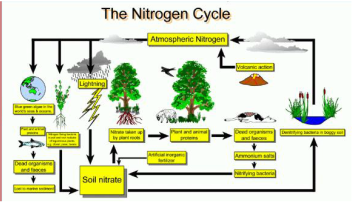
Nitrogen Cycle Bacteria is the most important part of the nitrogen cycle. Bacteria can help the nitrogen change between states so it is used. When the soil absorbs nitrogen, different kinds of bacteria help it change states so will be absorbed by plants. Animals the get their nitrogen from the plants. ` What Nitrogen Does Animals and plants couldn't live without nitrogen. Nitrogen is an important part of many cells and a processes that includes: amino acids, proteins, and even our DNA. It is also needed in chlorophyll, plants use this in photosynthesis to make food and make their energy. Nitrogen Fun Facts
|
Works Cited
|
